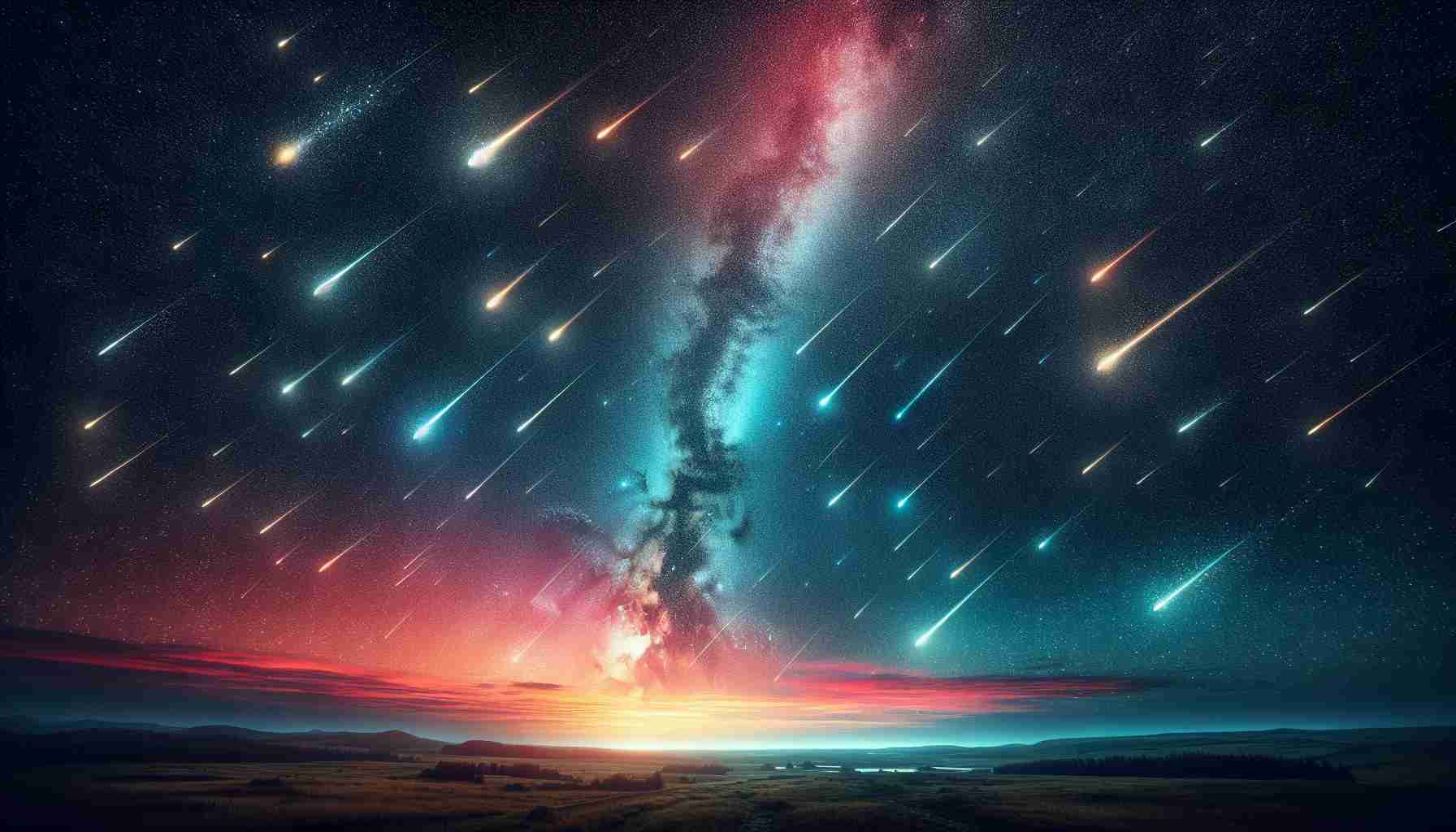
Experience the Spectacular Perseid Meteor Shower This Weekend
Get ready for a breathtaking celestial spectacle this weekend as the Perseid meteor shower reaches its peak activity! From Sunday, August 11, to Tuesday, August 13, stargazers can witness an impressive display of shooting stars, with the peak expected on the night of August 12.
This year, sky-watchers can anticipate a meteor rate reaching up to 110 shooting stars per hour. Conditions are ideal for enjoying one of the most famous summer meteor showers as clear skies are forecasted across most of the Spanish territory, and the moon will not significantly hinder visibility of the night sky.
Although the maximum peak of the Perseids is predicted to occur between 3:00 PM and 6:00 PM on Monday, August 12 (Peninsular Spanish time), the best viewing hours will be during the night and early morning hours. While the moon will be in its waxing gibbous phase, it is not expected to obstruct the enjoyment of the stars until it reaches full moon phase on the 19th, as reported by eltiempo.es.
Wondering where to look to catch the Perseids in action? The radiant point of the Perseids, where the meteors seem to originate, is near the star Mirfak (Alpha Persei) in the constellation of Perseus.
In the northern hemisphere, look towards the northeast at dusk, opposite to the moon’s position to avoid its brightness interfering. Locate the constellation Cassiopeia in its distinctive “W” or “M” shape, depending on its orientation in the sky at that moment. To find Perseus from Cassiopeia, shift your gaze downward and eastward where Perseus extends in this direction. Look for Mirfak, the brightest star in Perseus, to identify the general area where the Perseids appear to originate.
Experience the Spectacular Perseid Meteor Shower: Unveiling More Exciting Facts and Insights
As you prepare to witness the awe-inspiring Perseid meteor shower this weekend, here are some additional intriguing details to enrich your celestial experience.
What Factors Contribute to the Perseid Meteor Shower?
The Perseids occur annually as Earth passes through the debris left behind by the comet Swift-Tuttle. These fast-moving grains of dust and ice collide with our atmosphere, creating the brilliant streaks of light we observe as shooting stars.
When is the Best Time to View the Perseids?
While the peak activity is predicted to happen between 3:00 PM and 6:00 PM on Monday, the optimal viewing hours are during the night and early morning. During these hours, the sky is darker, enhancing the visibility of the meteors streaking across the sky.
Key Challenges and Controversies
One of the primary challenges faced by meteor shower enthusiasts is light pollution. Urban areas with high artificial light levels can significantly diminish the visibility of celestial events like the Perseids. Finding a location away from city lights is crucial for an unobstructed view.
Advantages of Observing the Perseid Meteor Shower
One of the advantages of witnessing the Perseids is the sheer number of shooting stars you can see. With rates reaching up to 110 meteors per hour, your chances of spotting these celestial wonders are high, provided you have clear skies and ideal viewing conditions.
Disadvantages to Keep in Mind
On the flip side, unpredictable weather can be a downside when planning to observe meteor showers. Cloud cover or atmospheric conditions like haze can obstruct visibility, potentially dampening your viewing experience. It’s essential to monitor weather forecasts and choose a night with clear skies for the best results.
For more information on upcoming meteor showers and celestial events, visit NASA’s official website to stay updated on the latest astronomical phenomena.
Get ready to be amazed by nature’s dazzling display as you immerse yourself in the magic of the Perseid meteor shower this weekend. Remember to find a dark spot away from city lights, lay back, and enjoy the celestial show unfolding above you.